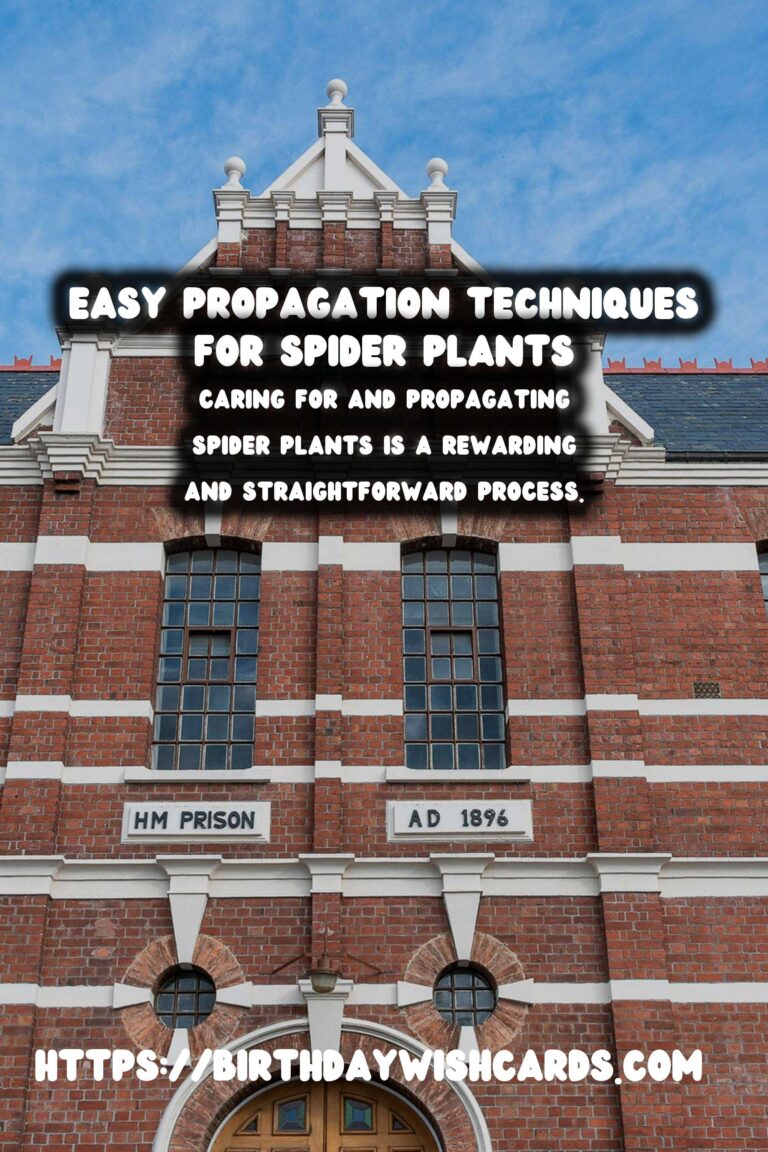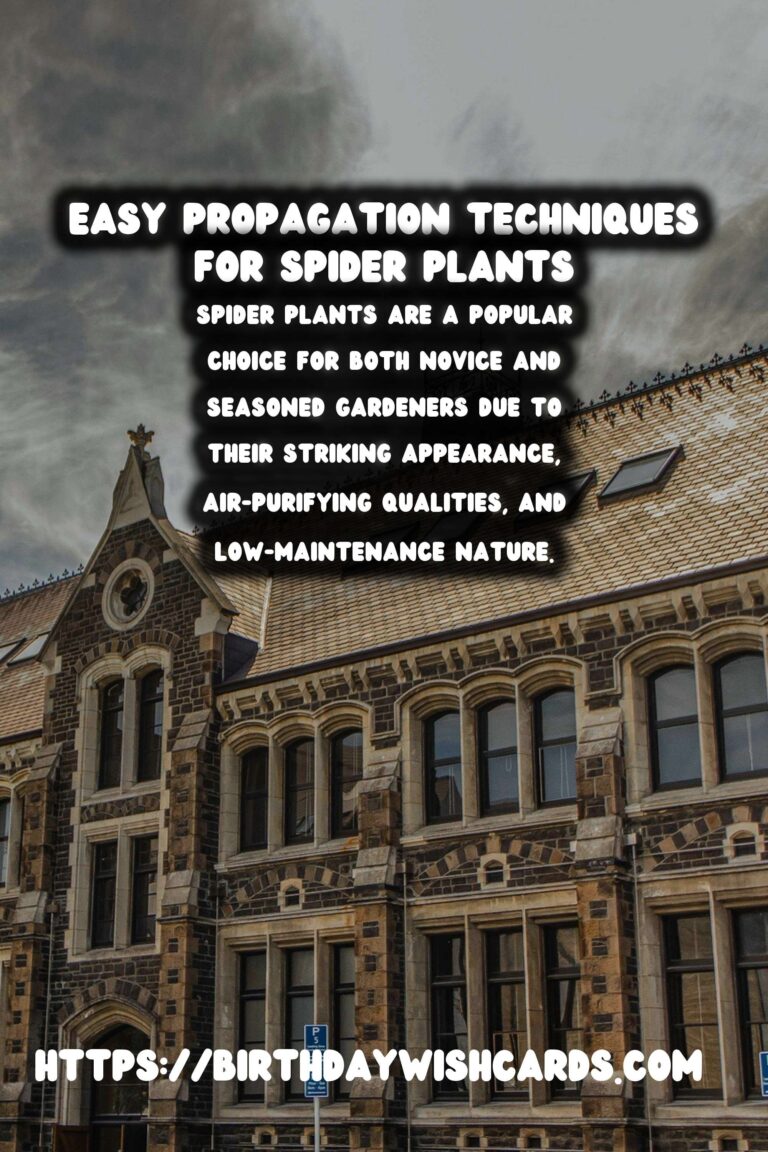
Spider plants (Chlorophytum comosum) are a popular choice for both novice and seasoned gardeners due to their striking appearance, air-purifying qualities, and low-maintenance nature. These plants are ideal for anyone looking to add greenery to their home or office environment. In this comprehensive guide, we will explore the best practices for caring for spider plants and how to propagate them with ease, ensuring that you can enjoy their vibrant foliage for years to come.
Understanding the Spider Plant
Before diving into the care and propagation techniques, it’s essential to understand why spider plants have become such household favorites. Originating from South Africa, these evergreen perennials have long arching leaves, usually green with white or cream stripes. Spider plants are non-toxic, making them safe for pets and children.
Basic Care Requirements
Spider plants thrive in a well-lit environment, but they can also tolerate low light conditions. This adaptability makes them suitable for various indoor settings. However, placing them in indirect sunlight is ideal for optimal growth.
Watering spider plants properly is essential. They prefer to dry out slightly between waterings, and it’s crucial to avoid overwatering, which can lead to root rot. A general rule is to water them once the top inch of soil is dry.
Spider plants do not require frequent fertilization. Feeding them with a balanced liquid fertilizer every couple of months during the growing season (spring and summer) is adequate.
Easy Propagation Techniques
1. Propagating through Plantlets
Spider plants are famous for their prolific plantlets, often referred to as ‘spiderettes’ or ‘babies,’ which develop on the ends of their trailing stems. These plantlets can be planted to produce new spider plants, and the process is quite straightforward:
- Identify a healthy plantlet with roots already starting to form.
- Cut the plantlet from the main plant using sharp, clean scissors.
- Plant the spiderette in nutrient-rich, well-draining soil. Ensure the roots are firmly covered.
- Water the newly potted plantlet lightly and place it in indirect sunlight.
2. Propagating through Division
If your spider plant has become too large for its pot, or if you wish to create multiple plants, propagation through division is an effective option:
- Gently remove the spider plant from its pot, taking care not to damage the roots.
- Using a clean, sharp knife, divide the root ball into sections, ensuring each section has a healthy collection of roots and leaves.
- Plant each division in a separate pot filled with fresh potting soil.
- Water each new plant thoroughly and place them in a bright, indirect light location.
Common Issues and Solutions
While spider plants are generally hardy, they can occasionally encounter problems. Understanding these issues and their solutions can keep your plants healthy and thriving:
- Brown Leaf Tips: Often caused by low humidity or fluoride in tap water. Consider using distilled water and increasing room humidity.
- Yellow Leaves: This might indicate overwatering. Allow the soil to dry out before watering again.
- Pests: Spider plants can attract aphids, spider mites, and other pests. Regularly inspect your plants and treat any infestations with neem oil or insecticidal soap.
Conclusion
Caring for and propagating spider plants is a rewarding and straightforward process. Whether you’re an indoor garden enthusiast or a casual plant lover, these resilient plants are sure to bring a splash of green into your space. By following the care tips outlined in this guide, you can ensure your spider plants not only survive but thrive, offering you the satisfaction of a beautifully maintained indoor garden.
Spider plants are a popular choice for both novice and seasoned gardeners due to their striking appearance, air-purifying qualities, and low-maintenance nature. Caring for and propagating spider plants is a rewarding and straightforward process. 









#SpiderPlants #GardeningTips




